Revolutionizing Creativity with Generative Adversarial Networks (GANs)
Enhancing Creativity with Generative Adversarial Networks (GANs)
In the vast and evolving field of Artificial Intelligence, Generative Adversarial Networks (GANs) have emerged as a revolutionary tool, fueling both theoretical exploration and practical applications. My journey, from studying at Harvard to founding DBGM Consulting, Inc., has allowed me to witness firsthand the transformative power of AI technologies. GANs, in particular, have piqued my interest for their unique capability to generate new, synthetic instances of data that are indistinguishable from real-world examples.
The Mechanism Behind GANs
GANs operate on a relatively simple yet profoundly effective model. They consist of two neural networks, the Generator and the Discriminator, engaged in a continuous adversarial process. The Generator creates data instances, while the Discriminator evaluates their authenticity. This dynamic competition drives both networks towards improving their functions – the Generator striving to produce more realistic data, and the Discriminator becoming better at distinguishing real from fake. My work in process automation and machine learning models at DBGM Consulting, Inc., has revealed the immense potential of leveraging such technology for innovative solutions.
Image Placeholder
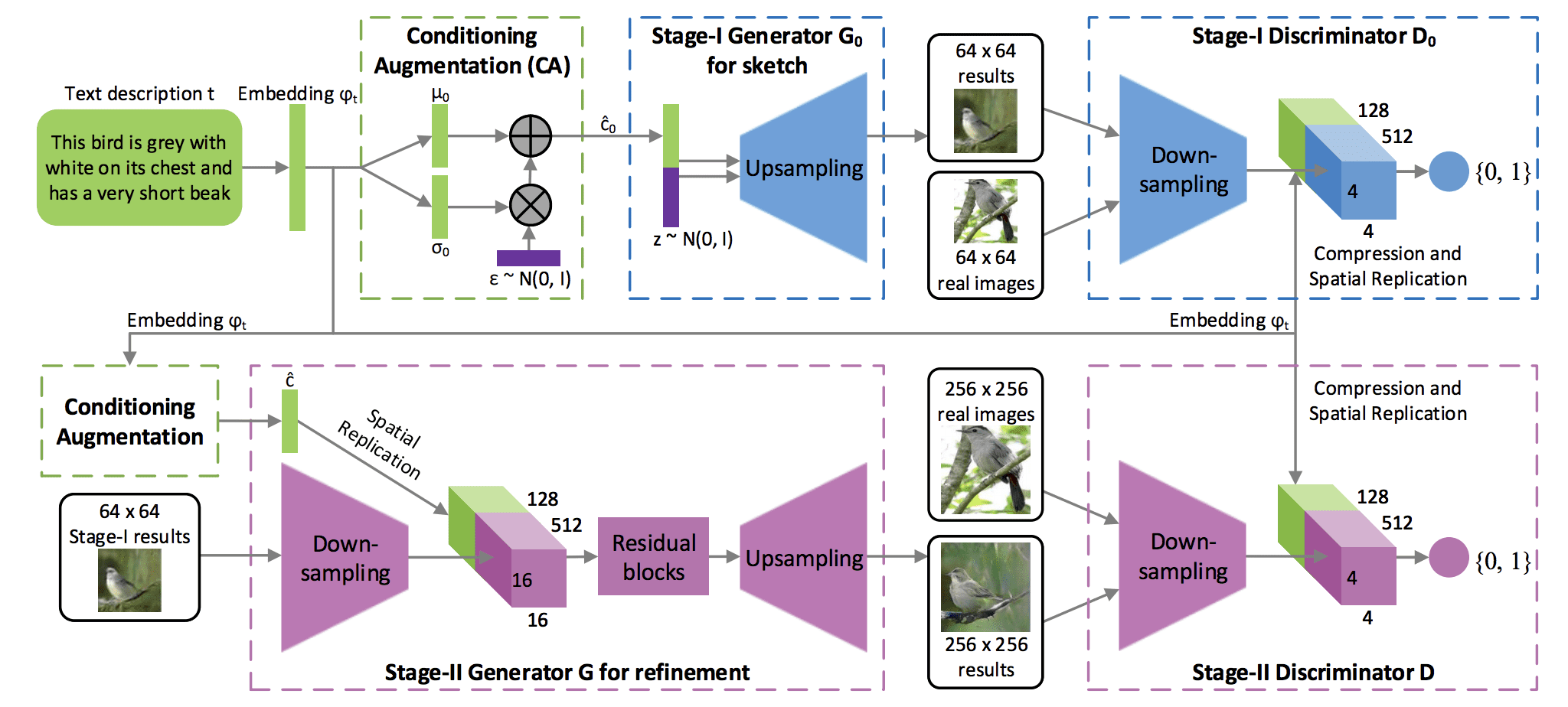
Applications and Implications of GANs
The applications of GANs are as diverse as they are profound. In areas ranging from art and design to synthetic data generation for training other AI models, GANs open up a world of possibilities. They enable the creation of realistic images, videos, and voice recordings, and their potential in enhancing deep learning models and cognitive computing systems is immense. As an avid enthusiast of both the technological and creative realms, I find the capacity of GANs to augment human creativity particularly fascinating.
- Artistic Creation: GANs have been used to produce new artworks, blurring the lines between human and machine creativity. This not only opens up new avenues for artistic expression but also raises intriguing questions about the nature of creativity itself.
- Data Augmentation: In the domain of machine learning, obtaining large sets of labeled data for training can be challenging. GANs can create additional training data, improving the performance of models without the need for collecting real-world data.
Challenges and Ethical Considerations
Despite their potential, GANs pose significant challenges and ethical considerations, especially in areas like digital security and content authenticity. The ease with which GANs can produce realistic fake content has implications for misinformation and digital fraud. It’s crucial that as we develop these technologies, we also advance in our methods to detect and mitigate their misuse. Reflecting on Bayesian Networks, and their role in decision-making, incorporating similar principles could enhance the robustness of GANs against generating misleading information.
Future Directions
As we look to the future, the potential for GANs in driving innovation and creativity is undeniable. However, maintaining a balance between leveraging their capabilities and addressing their challenges is key. Through continued research, ethical considerations, and the development of detection mechanisms, GANs can be harnessed as a force for good. My optimism about AI and its role in our culture and future is underscored by a cautious approach to its evolution, especially the utilization of technologies like GANs.
In conclusion, the journey of exploring and understanding GANs is emblematic of the broader trajectory of AI – a field replete with opportunities, challenges, and profound implications for our world. The discussions on my blog around topics like GANs underscore the importance of Science and Technology as tools for advancing human knowledge and capability, but also as domains necessitating vigilant oversight and ethical considerations.
Image Placeholder
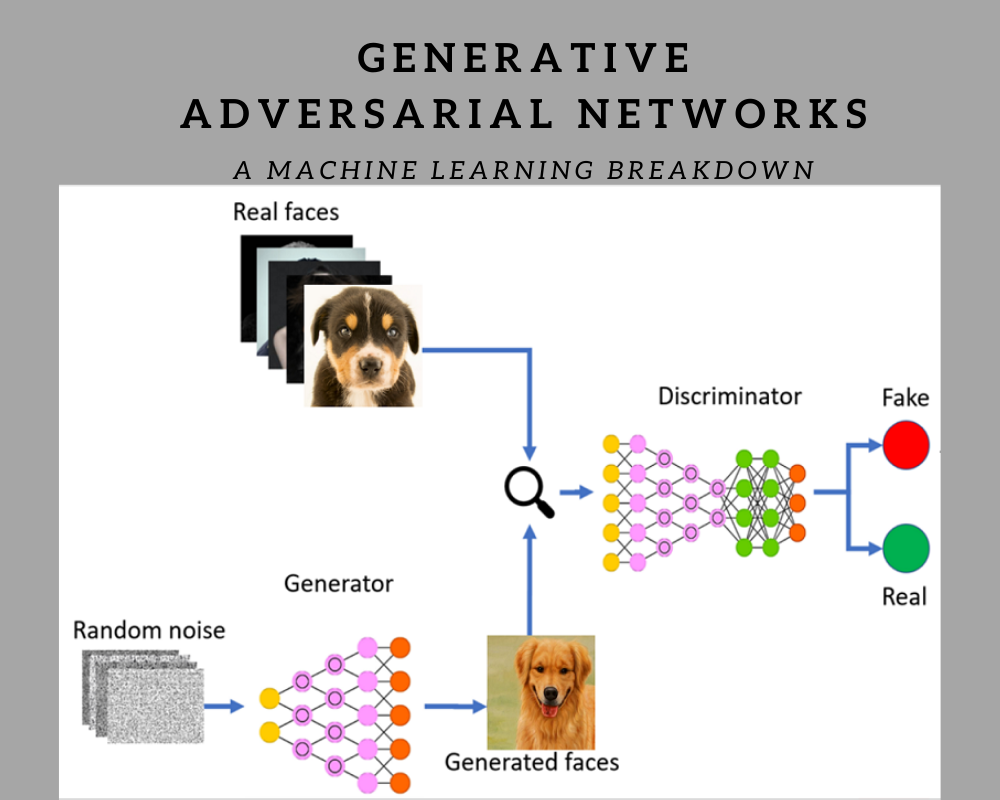
As we navigate this exciting yet complex landscape, it is our responsibility to harness these technologies in ways that enhance human creativity, solve pressing problems, and pave the way for a future where technology and humanity advance together in harmony.
Focus Keyphrase: Generative Adversarial Networks (GANs)
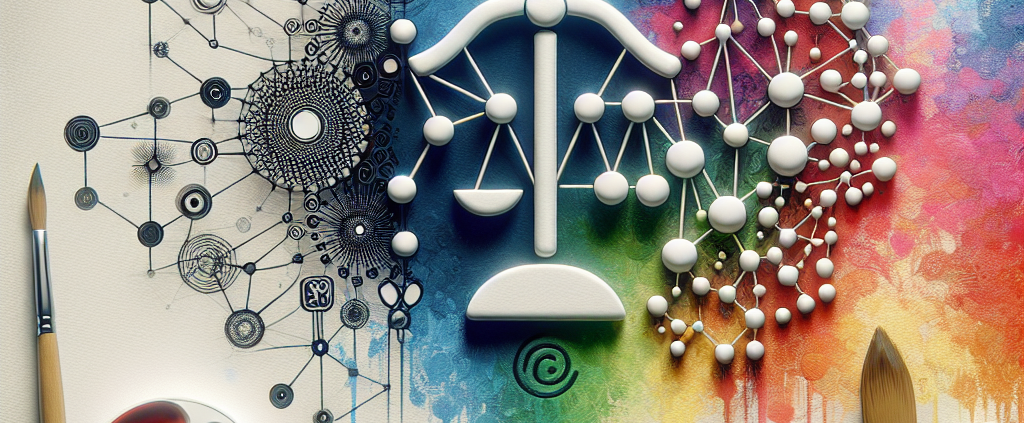

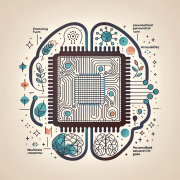
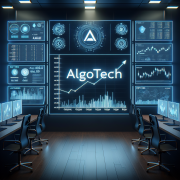
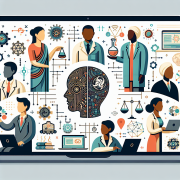
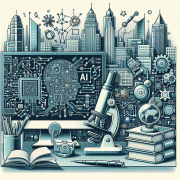
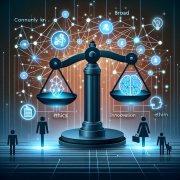


Hello everyone, David Maiolo here. I’m thrilled to share my latest post on the innovative role of Generative Adversarial Networks—or GANs—in enhancing creativity. Throughout my experiences, from academia to leading DBGM Consulting, Inc., I’ve been fascinated by how AI technologies, especially GANs, redefine what’s possible in the creative realm and beyond. This article sheds light on their mechanism, applications, and the critical ethical considerations they bring to the forefront. My goal is to ignite discussion around the responsible use of AI and its potential to inspire human creativity. I look forward to hearing your thoughts and engaging in a thought-provoking discussion.
While the advancements in GANs and AI, in general, are undeniably fascinating, especially in their creative applications, I’m concerned about the darker side of this technology. Your article touches on the ethical considerations and challenges, such as digital security and content authenticity, which are areas that I find particularly alarming. As a network engineer, I’ve seen firsthand the complexities of securing digital systems against fraud and misinformation. While the potential of GANs to augment creativity and solve problems is exciting, the question remains: how do we advance technology while ensuring it’s not misused? I appreciate your cautious optimism, but I think we need to have more discussions on the safeguards and ethical frameworks for these technologies.